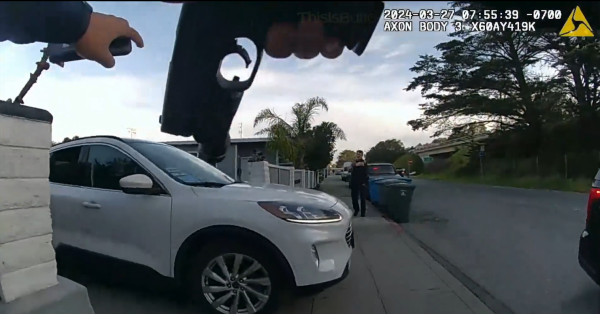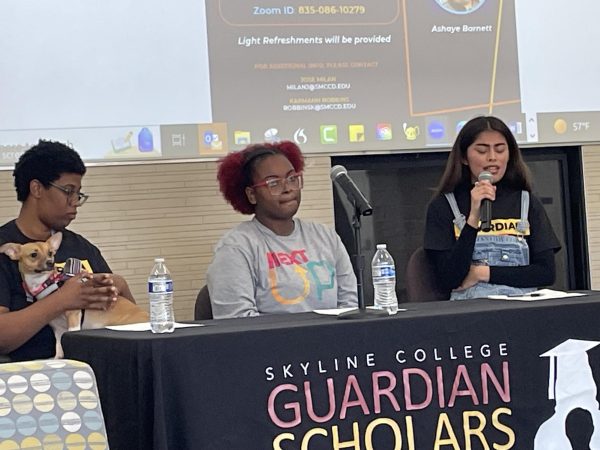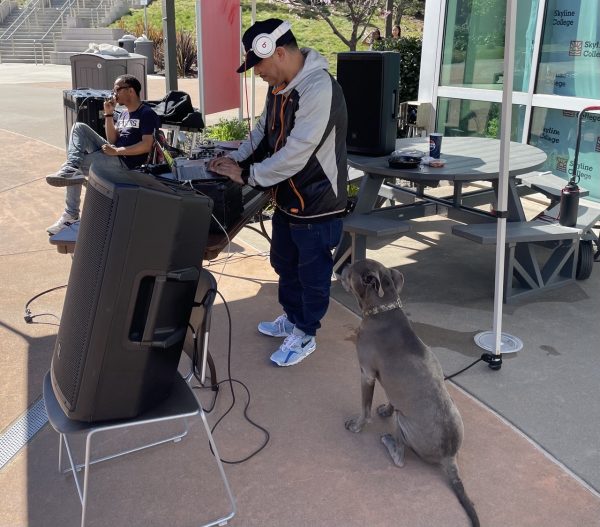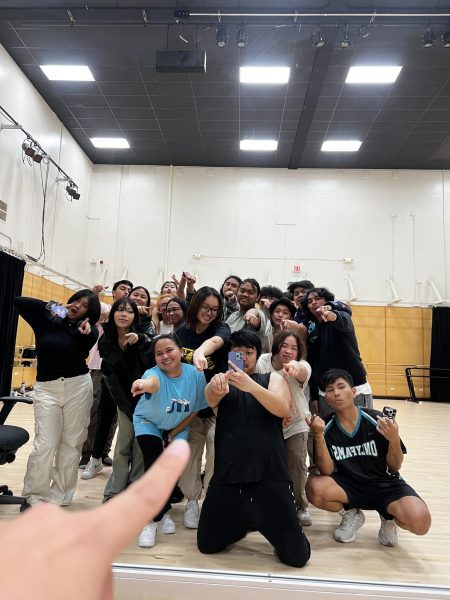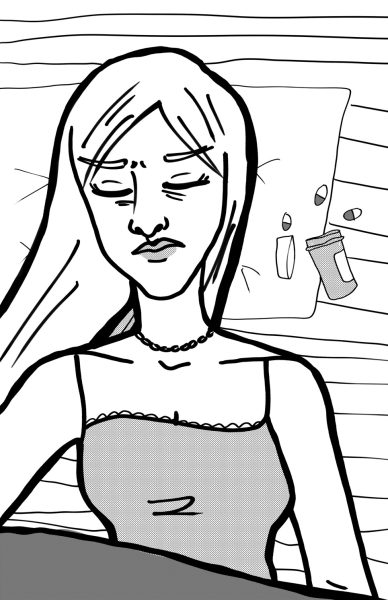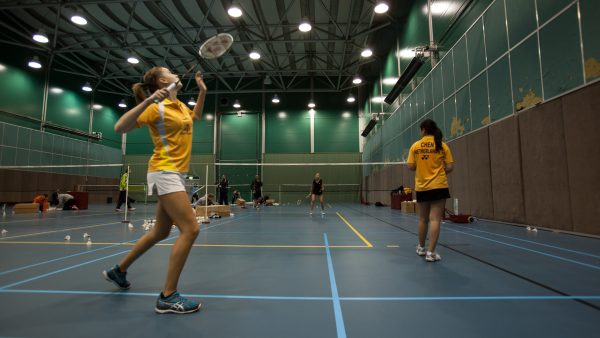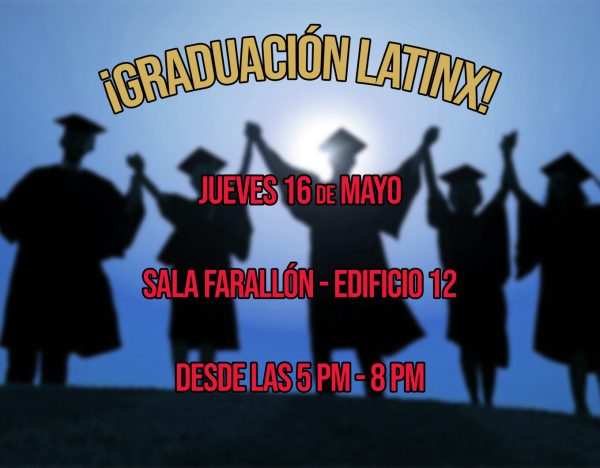Students walkout for gun reform
Students across the nation are organizing walkouts, and becoming a unified voice against gun violence.
Many students are taking it upon themselves to bring about the change that is needed to keep schools safe. This is a response to the tragic killing of 17 people at Marjory Stoneman Douglas High School in Florida on Feb. 14. Student walkouts are set to happen on March 14, March 24, and April 20.
Women’s March Youth Empower organized a walkout for March 14, a call to action that has unified students, parents, and teachers to fight gun violence in the U.S. The walkout will last 17 minutes, one minute for every victim from Florida’s shooting starting at 10 a.m. in every time zone. The inaction by the legislative branch to keep students safe at school has led to the collective outrage that is fueling this activism.
It is primarily high school students that spearhead this movement against gun violence and already forced new proposals on state laws through organizing town halls and marches that put pressure on state legislators.
According to Time magazine, Gov. Rick Scott and Florida lawmakers took a step in the right direction on Friday when he announced the increase of the age to purchase an assault rifle, from 18 to 21.
This move towards increased public safety happened just one week after the Parkland, Fla. mass shooting and is coming from a well-noted, Second Amendment-supporting, governor. In order to maintain this momentum of change, people involved in education from all levels, in every state, need to get involved.
Janeen Malatesta, an English professor at Cañada Community College and San Mateo High School said, “They definitely get the message across,” when talking about students organizing walkouts to bring about changes in the law. “This is the first time I’ve seen legislators actually act as a direct result of student action.”
The nation-wide walkouts are an opportunity for students to stand together as a unified voice in support of stricter gun regulations. The participation of students and faculty from more than just high schools will be necessary in order to continue the momentum of this strenuous fight.
“The students have not yet stood in solidarity against gun violence.” said Pamela Duszynski, Principal of Mills High School. “This will teach them the power of their voice.”
The strength of the students’ influence is heavily challenged by the political funding and power of the National Rifle Association. The economic and political self-interest of the NRA have contributed to the stagnation of gun reform.
The “right to bear arms” is a heavily politicized issue that divides the population. However, since the most recent mass shooting, the students’ undivided stance against gun violence has proven to be an effective catalyst for progress.
“I believe that students should be engaged in all political issues, not just gun violence,” said Herman Peng, a senior at Mills High School and editor-in-chief of Mills’ newspaper. “The Parkland shooting hit a nerve in our country. People truly began to ask how many more young lives have to be lost until we finally decide to do something.”
The awareness for gun reform depends on students’ continued efforts and organization, especially at the community college level. Skyline had an active shooter on campus in September of 2009. Although, this was an isolated incident, colleges and universities are consistent targets for mass shootings such as those at Umpqua Community College, UC Santa Barbara and Virginia Tech.
“It is important to emphasize to the younger generations of the impact it can have” said Carolann O’Day, a Middle College student from Skyline College.
Many participate in walkouts to speak out against injustice while others hope to teach upcoming generations about the impact and power youth can have on society.



